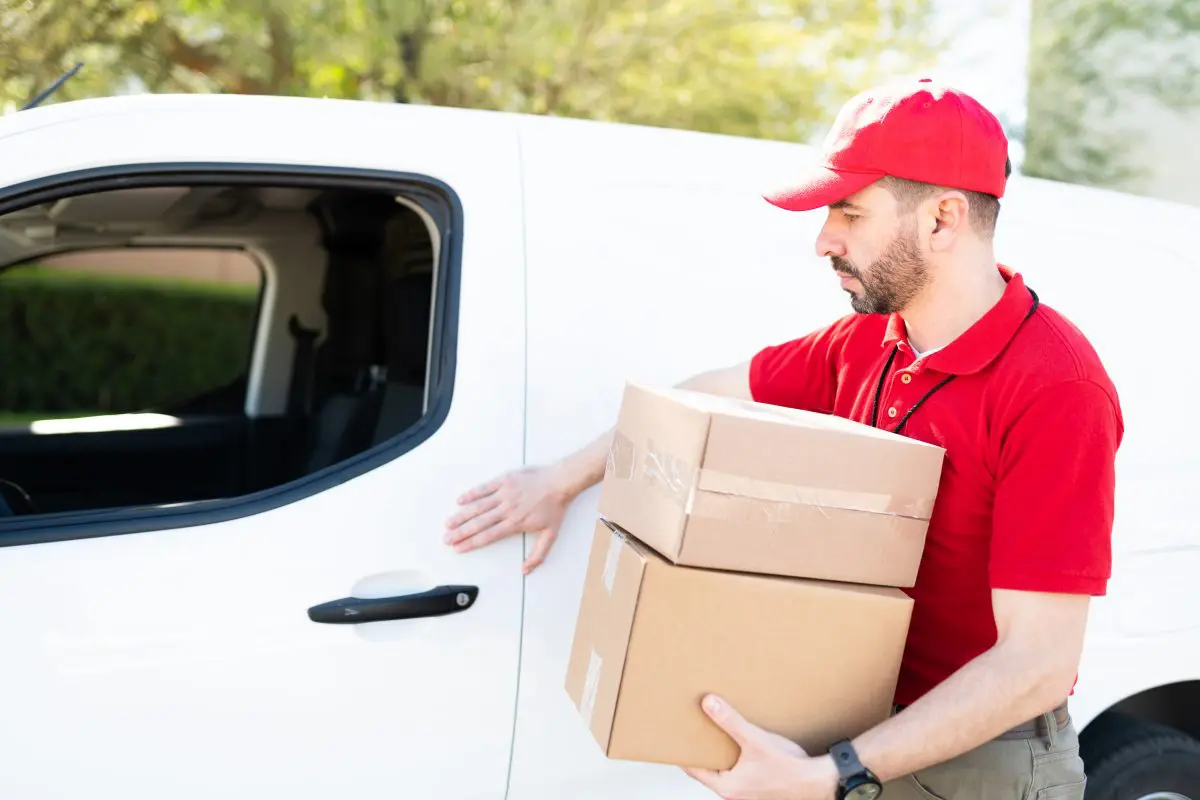Courier tracking has become an essential part of modern logistics, offering transparency and peace of mind to both businesses and customers. Whether you’re waiting for an online purchase or sending an important document, the ability to track a package in real time is made possible by a combination of advanced technologies and streamlined systems.
Barcodes and Scanning Systems
The process starts the moment a parcel enters the courier network. Each package is assigned a unique tracking number, usually in the form of a barcode or QR code. When the courier picks up the parcel, the code is scanned and logged into the system. This first scan marks the “origin” in the tracking record. As the package moves through sorting centers, transportation hubs, and delivery vehicles, it is scanned at multiple checkpoints. Each scan updates the central database, allowing the tracking system to record the parcel’s location and status.
GPS Tracking
One of the most significant advancements in courier tracking is the integration of GPS (Global Positioning System) technology. GPS allows companies to monitor the exact position of delivery vehicles in real time. For customers, this means being able to see estimated delivery times and even live maps of their parcel’s journey. GPS also helps couriers optimize routes, avoid delays, and improve delivery efficiency.
RFID Technology
Some courier services employ RFID (Radio-Frequency Identification) tags for high-value or sensitive shipments. Unlike barcodes, which require line-of-sight scanning, RFID tags can be read automatically through radio waves. This enables quicker processing at warehouses and provides more precise location data. RFID is especially useful for bulk shipments or situations where speed is critical.
Centralized Tracking Databases
Behind the scenes, courier tracking relies on powerful Maxgo 33k centralized databases. Every scan, GPS update, or RFID signal is sent to this central system. From there, the information is synchronized across the courier’s website and mobile apps. This ensures that customers see up-to-date tracking details, whether they check on a computer, smartphone, or by calling customer service.
Integration with Customer Notifications
Modern tracking systems are linked with automated notification services. Customers receive text messages, emails, or push notifications about status changes, such as “out for delivery” or “delivered.” This automation reduces the need for manual inquiries and keeps recipients informed without extra effort.
AI and Predictive Analytics
Some advanced courier companies use artificial intelligence to predict delivery times based on historical data, traffic patterns, and weather conditions. This technology can also detect potential delays and automatically alert customers. AI-driven route optimization not only speeds up deliveries but also reduces fuel consumption and operational costs.
Conclusion
Courier tracking combines multiple technologies—barcodes, GPS, RFID, centralized databases, and AI—to provide a smooth and transparent delivery experience. Every scan and signal along the route is part of a carefully orchestrated system designed to keep both senders and recipients informed. As technology continues to advance, we can expect even more accurate, real-time tracking, making the shipping process faster, safer, and more reliable.
